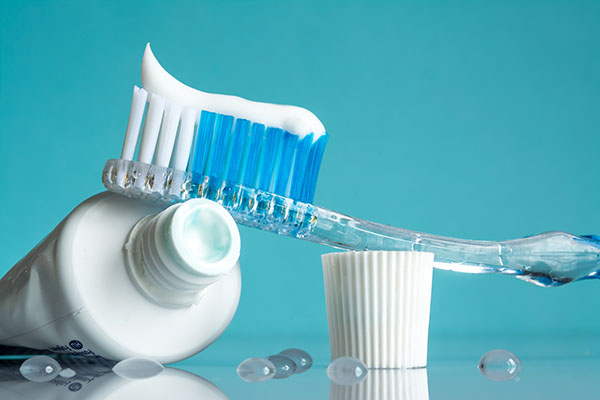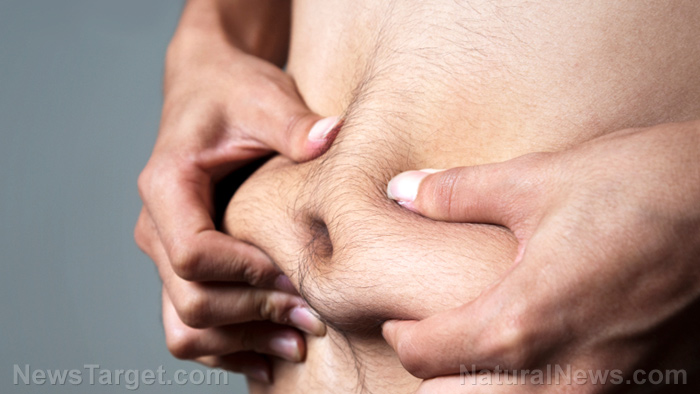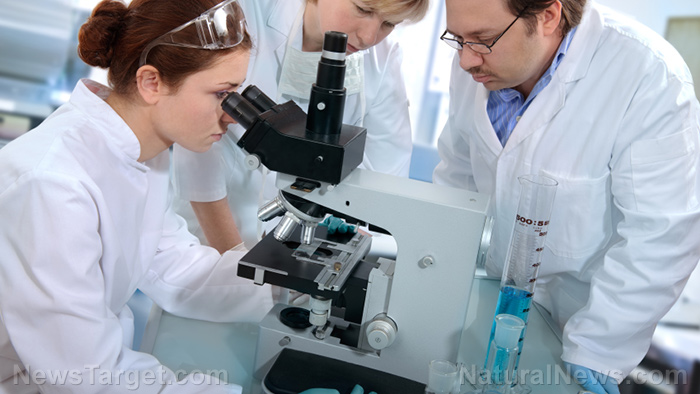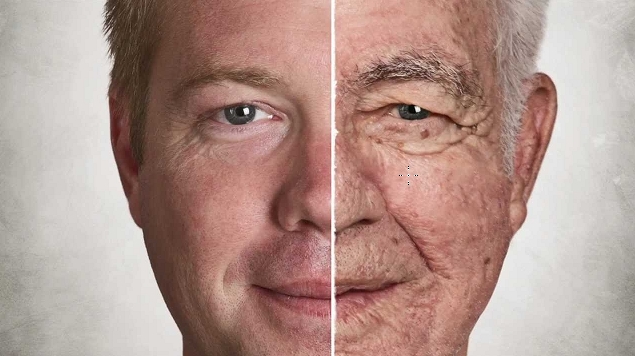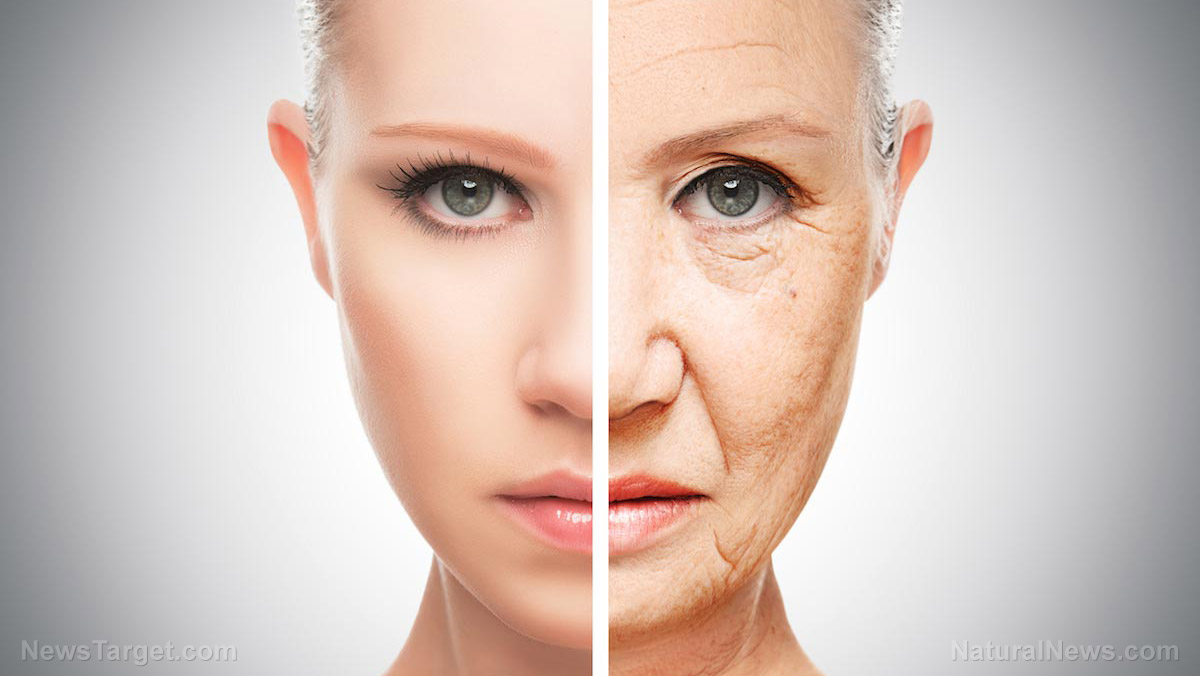
The study involved 16 women who are aged 40 to 65 years old with skin damage from UV (ultraviolet) radiation, mild to moderate facial skin degeneration, and an interest in facial exercises. The study participants attended two sets of face-to-face 90-minute training sessions. They were trained by a facial exercise instructor to study and perform 32 distinct facial exercises, such as puckering their lips and sucking in their cheeks. They did these for 30 minutes daily for eight weeks at home. For the remaining weeks, they continued to do the same exercises every other day for 30 minutes per session. The facial exercises were developed and provided by a co-author on the study Gary Sikorski of Happy Face Yoga.
“Muscle growth is increasing the facial volume and counteracting the effects of age-related fat thinning and skin loosening,” senior study author Emily Poon explained.
In order to evaluate any difference to the participants' appearances, two doctors examined their “before and after” pictures as well as estimated the participants' ages. They studied the photos with the use of a a standardized facial aging scale. For the last part of the study, the participants accomplished a survey on how satisfied they were with the results.

The study findings revealed that facial exercises makes people appear significantly younger in just 20 weeks. The researchers particularly saw that the upper cheek and lower cheek fullness were significantly improved because of the exercises. Furthermore, the results showed that the estimated average age of the participants decreased as the study was conducted. The participants who were assessed to look 50.8 years old at the beginning of the study looked 49.6 years old at eight weeks, and then looked around 48.1 years old at the end of the study. In conclusion, the participants looked younger by nearly three years over a 20-week period.
“Assuming the findings are confirmed in a larger study, individuals now have a low-cost, non-toxic way for looking younger or to augment other cosmetic or anti-aging treatments they may be seeking,” study lead author Murad Alam suggested.
Moreover, Alam warns that some facial exercises may cause aging: Frowning leads to the formation of deep vertical creases between their eyebrows and smiling results to crow's feet around the eyes. However, it remains unclear how long it takes for these exercises to negatively affect people's appearance.
The study was published in the journal JAMA Dermatology.
Foods for younger looking skin
Aside from exercise, what you eat affects the way your skin looks and feels. Fine lines and wrinkles start to appear as people get older. To prevent these, eating protein-rich foods, such as fish, eggs, chicken, soy, nuts, and legumes, will help. The body will produce more collagen and elastin tissue, which are needed to maintain the firmness and elasticity of the skin. Another tip is to eat foods that are rich in antioxidants, such as oranges, spinach, almonds, sunflower seeds, broccoli, grapes, turmeric, and tomatoes. These foods can reverse the harmful effects of free radicals. Excess sugar in the body may result to collagen-damaging molecules, resulting in the onset of premature wrinkles and loose skin. Therefore, limit or avoid foods that increase blood sugar levels, such as white bread, soda, and white rice. Lastly, consuming fiber-rich foods and foods packed with zinc can help get rid of acne scars quicker. These include oats, beans, lentils, cashew nuts, and pork. (Related: Top 10 anti-aging foods.)
Read more stories on aging at Longevity.news.
Sources include:
Please contact us for more information.















